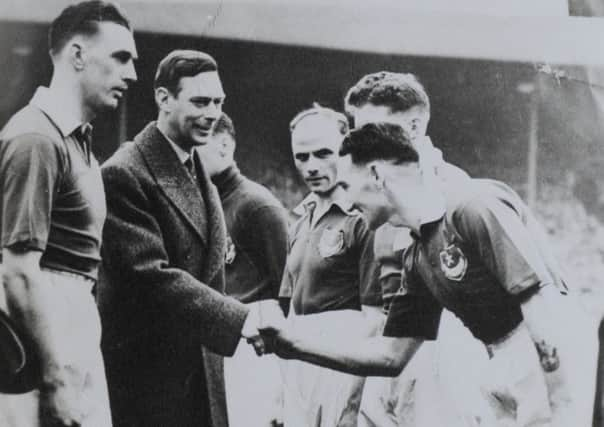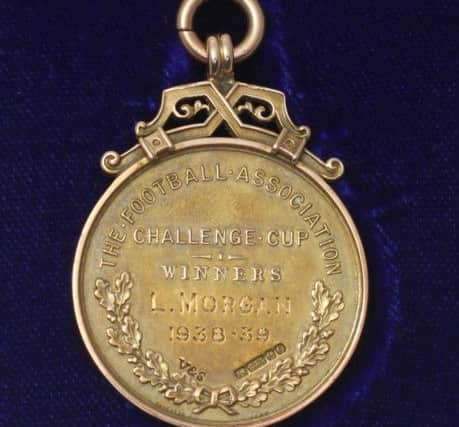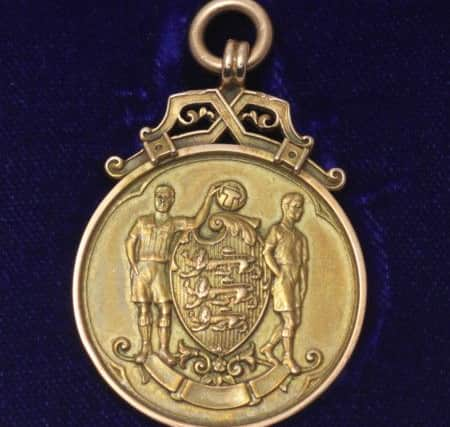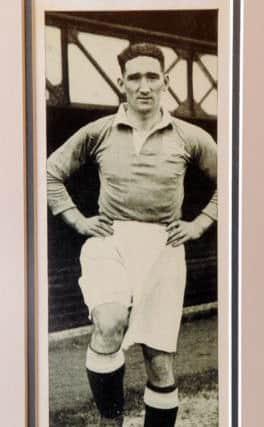NOSTALGIA: Pompey FA Cup winner's medal for sale


For there’s a rare opportunity to buy an FA Cup winner’s medal owned by a member of the triumphant Blues team from the 1939 final.
Lew Morgan, seen here being presented to George VI before the Wembley final, played right-back in Pompey’s 4-1 victory against Wolves. His medal is expected to go for between £8,000 and £12,000.
Advertisement
Hide AdAdvertisement
Hide AdThe auction is at Nesbits saleroom at Clarendon Road, Southsea, on March 14. Proceedings begin at 10.30am.


Morgan, a Scot, was not a big man but he was sturdy and extremely tough.
When Pompey and Wolves were drawn togther in the FA Cup fourth round in 1958, Morgan was asked what advice he would give his former team who were then struggling at the foot of Division One. ‘Get stuck in and cut out the fancy stuff,’ he said.
• Here’s a row of terraced houses in Cromwell Road, Eastney, some time in the early years of the last century.
Advertisement
Hide AdAdvertisement
Hide AdNo doubt they were very cold in winter with just an open fire in the front room.


Sash windows that could let in draughts when getting on in years were always a feature of these type of houses. They were a curse to open if they became warped.
There is also a basement with front light so these buildings must have been quite spacious.
The builders no doubt took a delight in enhancing the brickwork by laying a different design of brick in three courses above the bay windows.
Advertisement
Hide AdAdvertisement
Hide AdAbove the street sign is a plaque no doubt giving a year of construction.


To the rear of the houses would have been the Royal Marines Barracks and the sound of the band playing must have echoed across back gardens.
Notice the iron railings on the front walls. I imagine these would have been removed during the Second World War when much ironwork was taken from the front of buildings in the city when a salvage scheme was introduced.
The second picture shows the same row today. And what a difference a drop of paint, new windows and roofs and central heating must have made. They are also on the bus route direct to the centre of the city from Highland Road, behind the camera.
Advertisement
Hide AdAdvertisement
Hide AdThe recycling bins outside properties make it a definite modern picture. The echo of the Royal Marines band has long disappeared.
The fancy brickwork of days past has been painted over as has the plaque, unfortunately.
The front brickwork remains, although lowered somewhat.